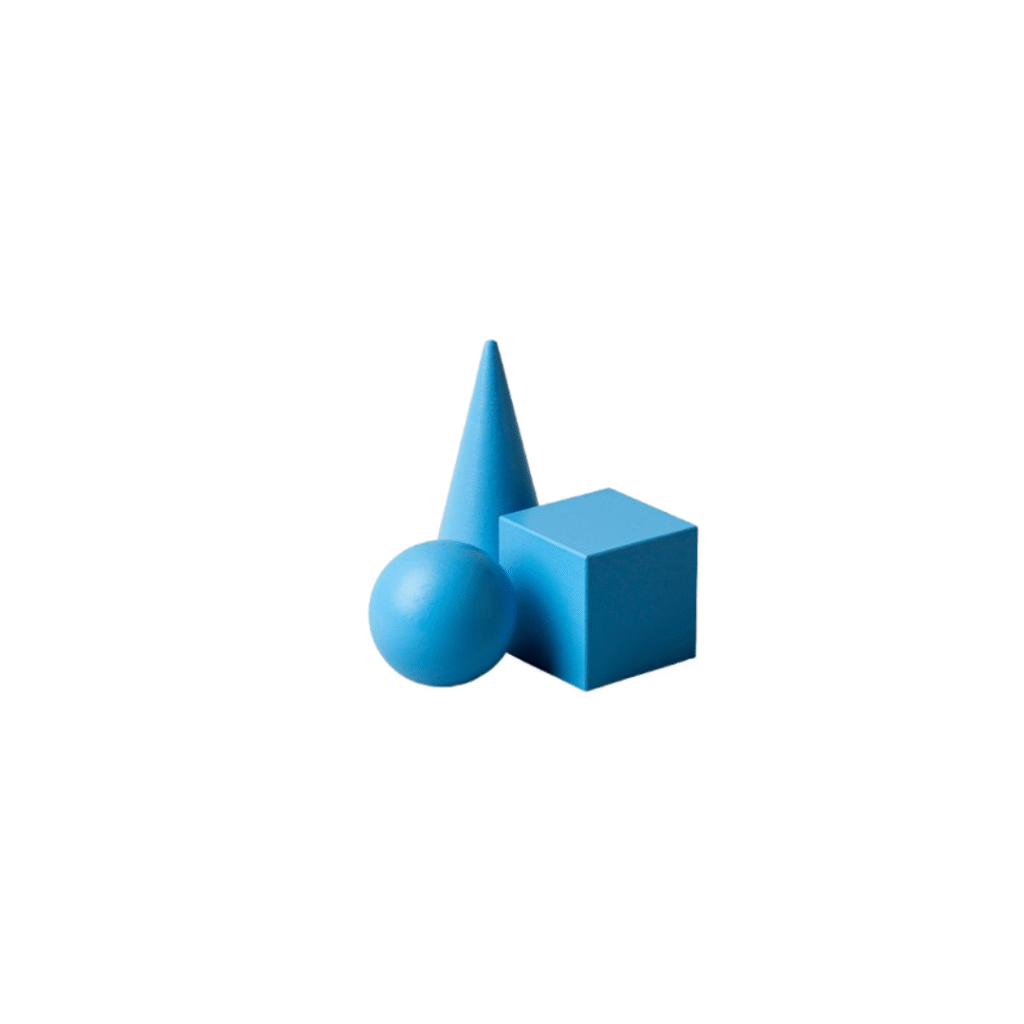Chapter 14: Electric Current and Its Effects
Investigate the fundamental effects produced by electric current and their applications in everyday devices like compasses, heaters, and fuses.
Key Topics & Instructions
▼- Magnetic Effect: Observe current's effect on a magnetic needle (compass).
- Heating Effect: Study how current generates heat.
- Device List: List devices using the heating effect (e.g., iron, geyser).
- Fuse Rating: Determine appropriate fuse ratings for common home devices.
- Magnetic Effect: Use the slider to simulate current strength and observe magnetic needle deflection.
- Fuse Calculator: Select a device to see its power, required current, and suggested fuse rating.
- Review the explanations for key concepts like electromagnetism and safety.
Experiment 1: Magnetic Effect of Current
Simulate how the strength of electric current affects the deflection of a magnetic compass needle.
Experiment 2: Fuse Rating & Heating Effect
Select a home device to determine the minimum current it draws and its required fuse rating.
A fuse is a safety device based on the **heating effect of current**. It contains a thin wire with a very low melting point. If the current in the circuit becomes too high (due to a short circuit or overload), the fuse wire heats up rapidly, melts, and breaks the circuit. This stops the flow of current, preventing damage to the appliance and wiring.
Electromagnetism and Thermal Applications
An electric current produces a **magnetic field** around the wire. Increasing the current or the number of turns in a coil increases the strength of this magnetic field. Devices that use this effect include **electromagnets**, **electric bells**, and **motors**.
When current passes through a wire, the wire opposes the flow of electrons, converting electrical energy into **heat energy**. The amount of heat produced depends on the material, length, and thickness of the wire, and the magnitude of the current.
$$ \text{Heat Produced } (H) \propto I^2 \cdot R \cdot t $$
Electric Iron, Electric Kettle, Electric Heater, Geyser, Electric Toaster, and Electric Fuse.



